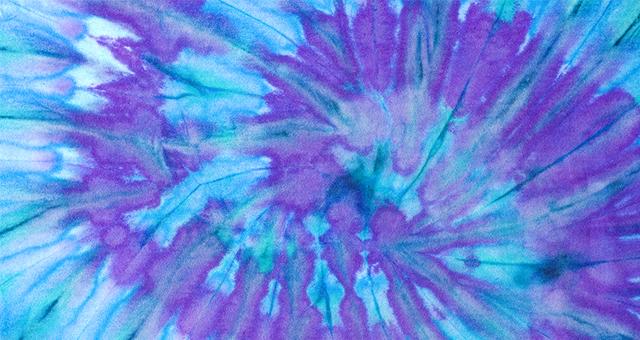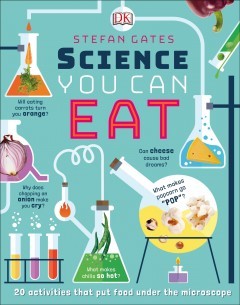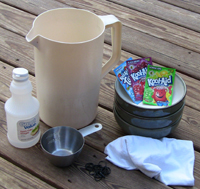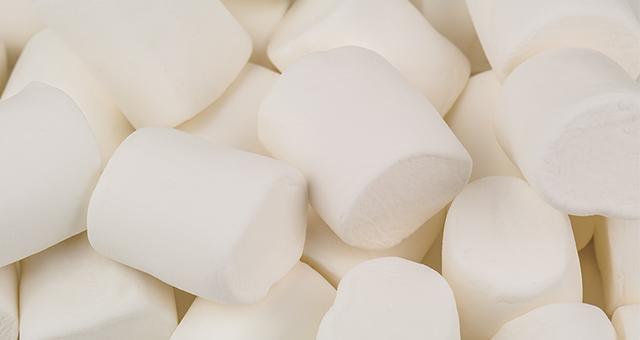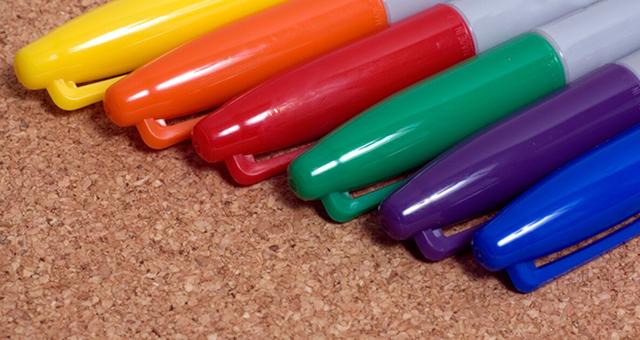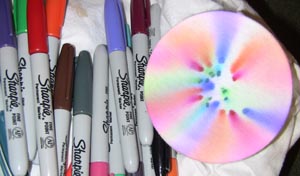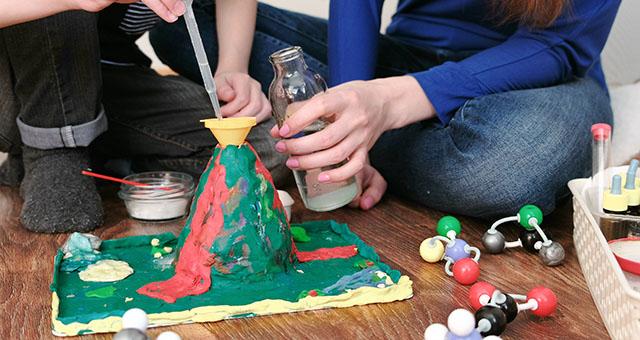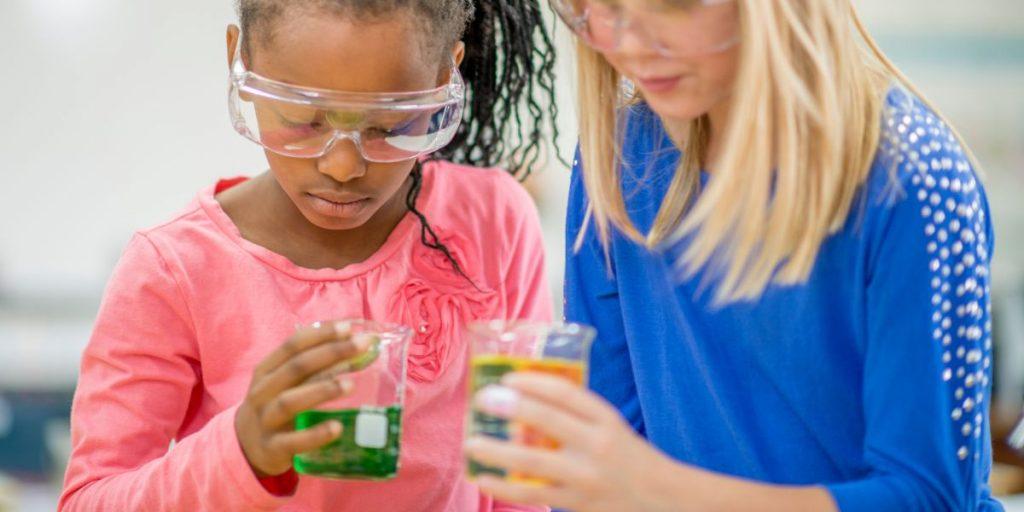Have you ever played with a kaleidoscope? It is a tube that you hold up to your eye. You point the tube toward light and then slowly turn it. As you turn the tube you can see patterns of colors at the other end of the tube. It works by reflecting light.
Light travels in a straight line. When light bumps into something it changes direction. If light bumps into something shiny it reflects back in the direction it came from. Think of light like a bouncing ball inside a kaleidoscope bouncing off all the shiny surfaces.
If you make your own kaleidoscope you can use mirrors or aluminum foil. When you point it toward light, the light enters the kaleidoscope and reflects back and forth between the shiny surfaces inside it. Since you have filled the end of the kaleidoscope with little shiny objects, the light bounces off those too and makes the interesting patterns of color. As you turn the kaleidoscope the little shiny objects move which makes the patterns of color move.
Websites, Activities & Printables
- Upcycle a Kaleidoscope from a Paper Towel Tube
- PBS: See Colors with a DIY Kaleidoscope
- Art Museum of Southeast Texas: Recycled Materials Kaleidoscope
- The New Children’s Museum: DIY Kaleidoscope

You can also ask a math and science expert for homework help by calling the Ask Rose Homework Hotline. They provide FREE math and science homework help to Indiana students in grades 6-12.
e-Books and Audiobooks
Use your indyPL Library Card to check out books about Science Experiments at any of our locations, or check out science experiment e-books and audiobooks from OverDrive Kids right to your device! If you have never used OverDrive before, you can learn how to use it for both e-books and audiobooks.
Need more help? Ask a Library staff member at any of our locations or call, text or email Ask-a-Librarian. Additionally, the Tinker Station helpline at (317) 275-4500 is also available. It is staffed by device experts who can answer questions about how to read, watch and listen on a PC, tablet or phone.
Books for Kids for a Stress-less Science Fair
Here are books to help you pick a science fair experiment that (1) follows the scientific method, (2) uses stuff you can find around the house, and (3) is great fun to do! The books will also help you understand what you are seeing by explaining the science concepts behind the dramatic results.

